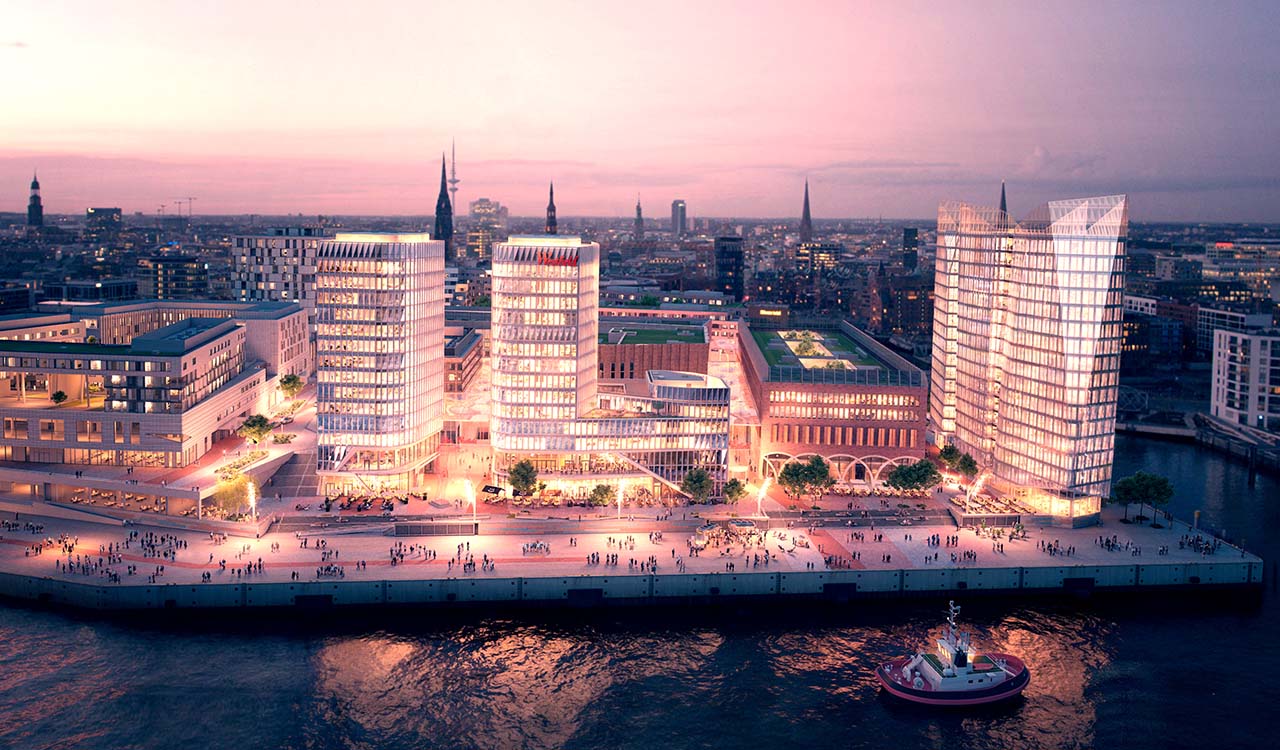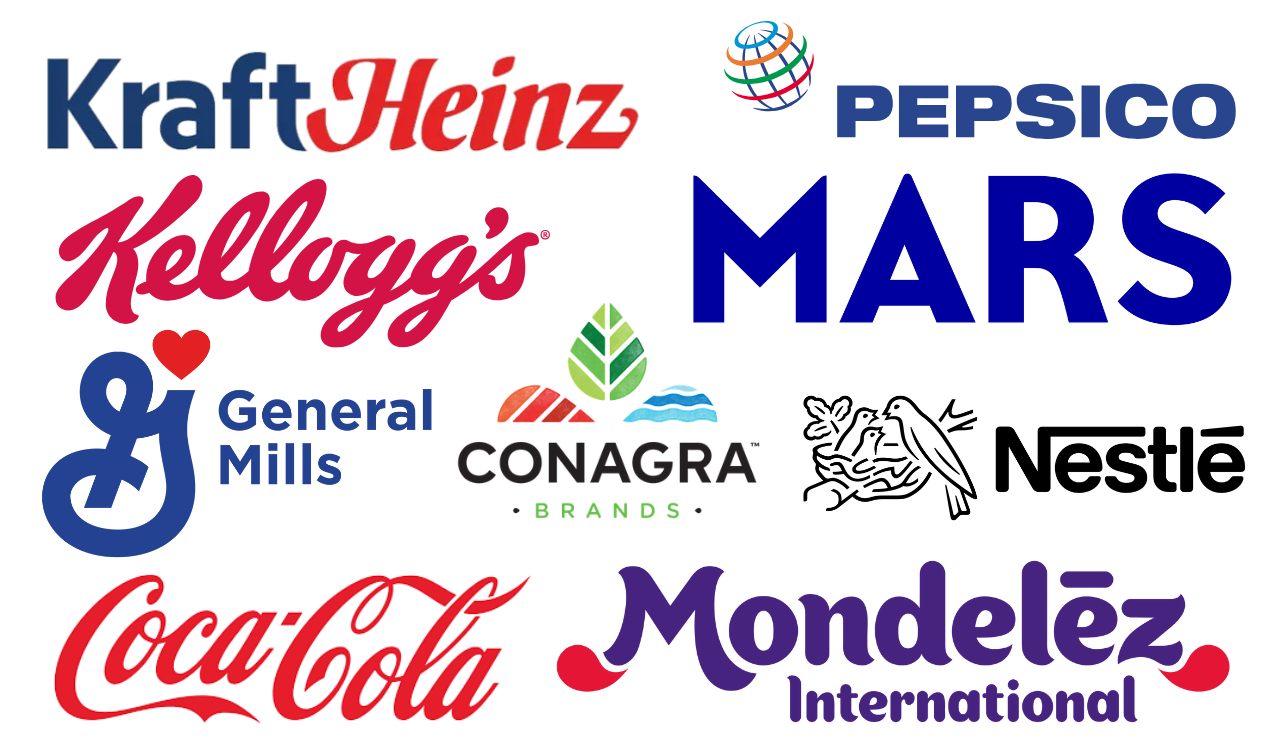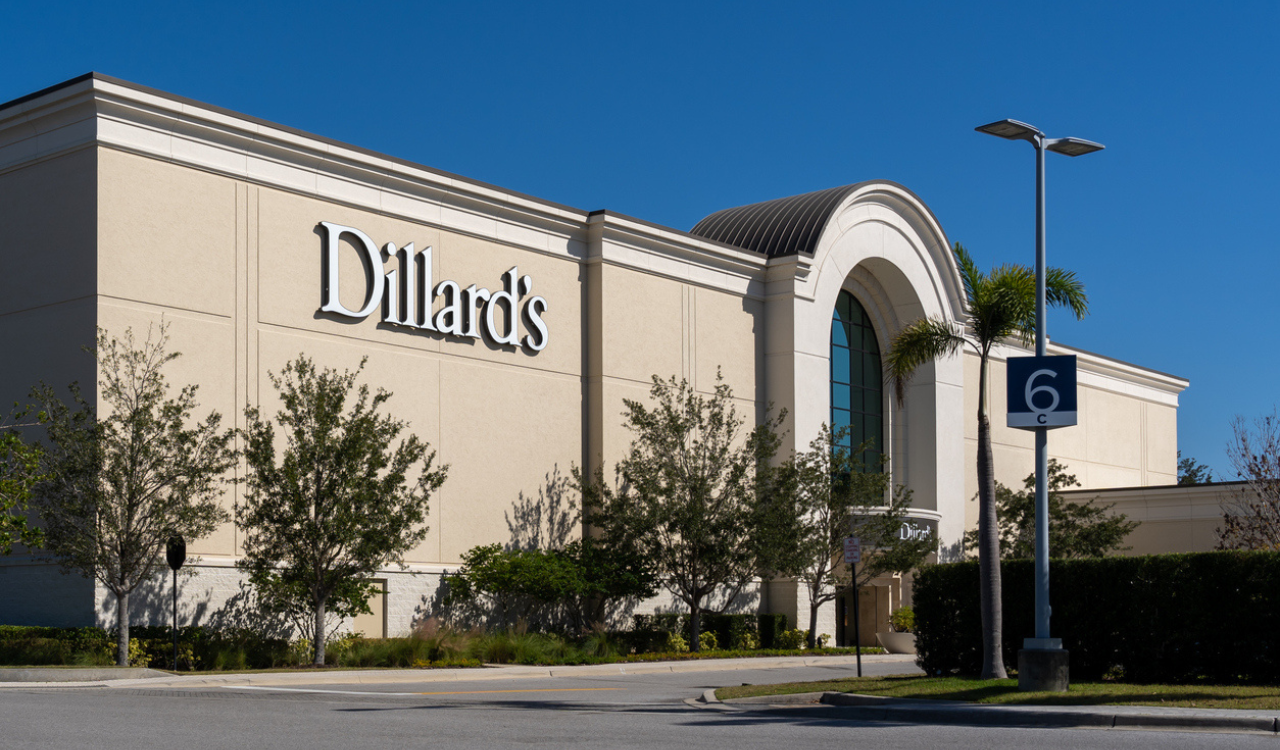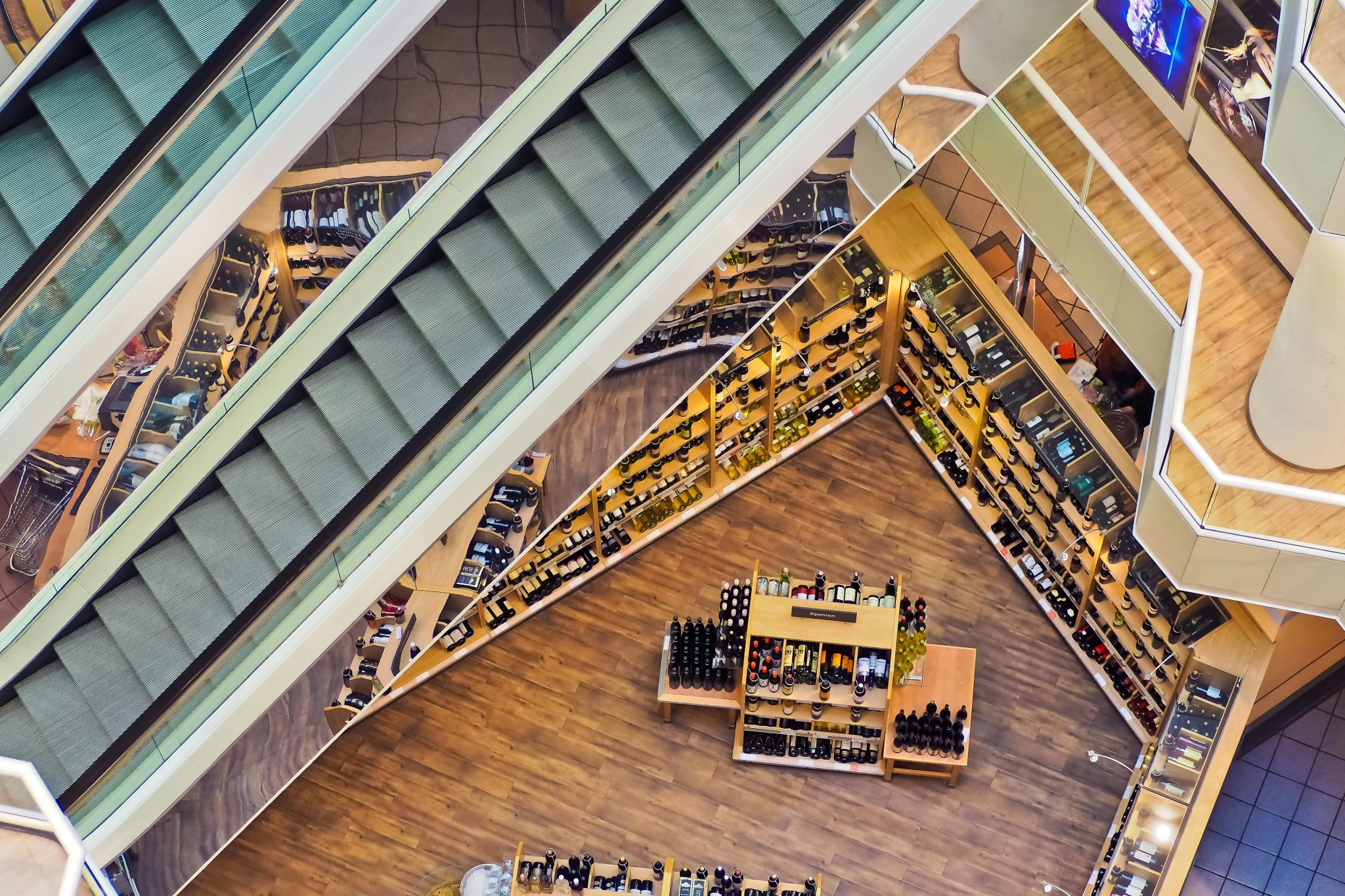Written off, consigned to the dustbin of time amid the clamor for all things new and digital, and a property asset class that almost no real estate investor wanted to touch, there’s just something about shopping centers that consumers won’t let go of.
For URW, and mall developers as a whole, the age of ground-up development is probably all but over in Europe. Instead, the big deals over the past 12 months have seen IKEA’s property arm snap up centers in Brighton, Paris and Munich. Norway’s sovereign wealth fund bought out the remaining stake in the huge Meadowhall development in Sheffield and Landsec from LiverpoolOne, and U.S. investor SVP has bought Ireland’s biggest mall Blanchardstown.
The Mall Is Dead, Long Live the Mall
Don’t tell Paris-based Westfield owner Unibail-Rodamco-Westfield (URW) that the mall is dead. At one point the global landlord giant was set to close the door on its entire U.S. mall portfolio before it had a change of heart. Now it has just opened its second huge European mall since the pandemic in the center of what is one of Europe’s biggest urban regeneration sites, Hamburg HafenCity Center.
URW has been behind two of the three most prominent EU/UK retail destinations to open their doors in Europe post-Covid. In April, Westfield Hamburg-Überseequartier, a 4.5 million square foot center located in the heart of the huge HafenCity Center urban redevelopment on the river Elbe opened in the port city of Hamburg, Germany. Its other retail center, Mall of the Netherlands in The Hague opened in March 2021. The third is the iconic Battersea Power Station in southwest London, which was brought back to life in 2022 by a Malaysian-backed consortium after decades of failed promises by previous owners.
So, what does a reinvented European mall look like, and will there be more development on the continent or in North America?
Hamburg’s Mixed-Use Model
First of all, like any self-respecting modern mall, retail may be at the center of the development plan, but the project is far wider in scope. Just as in Battersea, where the famous Power Station is the centerpiece of a huge upscale residential and office development, the Hamburg scheme also consists of retail, dining and leisure, apartments, offices, three hotels and a new cruise terminal, connected to the city via its own subway station.
The shopping center opened at near capacity (95 percent). An impressive third of the circa-130 retailers leasing space are new to the city, plus there are an additional 40 food and beverage units. An estimated 85,000 people visited on a pre-Easter Tuesday for the official opening, rising to over 1 million visits in its first two weeks.
The mall may still be alive in Hamburg, but it doesn’t look like your grandmother’s shopping center. URW Chief Strategy and Investment Officer Vincent Rouget believes that retail can no longer be considered a standalone property play and insists that it is the glue that holds mixed-use developments together. While the regeneration of HafenCity is well established, Rouget feels that the area was missing the retail component needed to bring the area to life.
“I believe our shopping centers have a very important role in attracting people to regenerate surrounding areas,” Rouget says. “There’s a lot of potential on the residential side, but again, the key ingredient could be retail, regenerating the high streets, finding the right sizing and the right offering in the markets in order to foster that change and ignite it.”
By Design: Integration Within the Neighborhood
In previous eras, many landmark shopping centers were accused of landing like spaceships in their local areas, remaining insular and insulated from their surroundings. In fact, Westfield is changing up that antiquated design and its two London centers to the UK capital’s east and west are prime examples of that change in attitude.
Westfield London in the city’s inner west was largely developed in 2008 as a self-contained entity and URW has spent the years since its debut to integrate it into its surroundings, becoming part of a vibrant neighborhood. The lesson stuck and the Hamburg project is embedded in the redevelopment zone. Working with local city planners is not without its challenges. At the inception of Hamburg, the German city authorities were keen for the mall to be open-air, but URW argued that the climate (Hamburg is to Germany’s north and can experience harsh winters) made a covered center more practical. Rouget recalls, “The compromise is a two-story mall with oversized windows and skylights so that shoppers can see the sky, plus an architecturally striking roof and an emphasis on natural light. Access is key, and a subway station comes straight into the center while the planned cruise ship terminal will add an influx of tourists to the visitor numbers.
However, Rouget says that URW is less likely to duplicate the ground-up approach it adopted in Hamburg where all the elements were developed holistically. Instead, the developer will steer its approach to redevelopment and re-engineering its existing centers in the U.S. and Europe with a master planning strategy leveraging retail as the catalyst for phased urban regeneration. Rather than committing huge amounts of capital for a single one-off, the next steps will be to look at how the company maximizes its current portfolio on both sides of the Atlantic.
Phased Development
“Ambitious projects inevitably stretch over a very long time, while I think the pace of change is ever increasing,” Rouget reflects on the decade-plus it took to build Hamburg out. He adds that the company’s experience developing multiple asset classes simultaneously in Hamburg was particularly challenging because all the elements were connected and therefore needed to be integrated simultaneously. To add to the complexity, development took place against the backdrop of volatile economic cycles and parameters, including the pandemic.
“We learned many lessons. It’s a project that started in 2014, more than 10 years ago, and we wouldn’t do it in the same way. We wouldn’t conceive it in the same way today,” Rouget says. “I think we’re even more conscious today of the difficulty and complexities of those schemes. And so, this is where I say that there’s a before and then after for the group, more risk-conscious and focused on the risk management for those type of large-scale projects.”
Asset Management
Creating the capital for its next phase of mall upgrades has meant recycling assets. URW operates 15 malls in the U.S., including Westfield Century City in LA which is one of eight California malls, plus Westfield World Trade Center in New York. In its recent Q1 2025 update, URW said that since the start of 2025, it has completed or secured $878 million of disposals, of which $615 million were retail assets, including the Bonaire shopping center near Valencia, Spain, sold to Castellana Properties, and the sale of a retail non-core asset in Northern Europe. URW has also expanded Westfield Rise to the U.S. to generate more revenues through its in-house retail media service and experiential division.
Buy-Outs and Acquisitions
For URW, and mall developers as a whole, the age of ground-up development is probably all but over in Europe. Instead, the big deals over the past 12 months have seen IKEA’s property arm snap up centers in Brighton, Paris and Munich. Norway’s sovereign wealth fund bought out the remaining stake in the huge Meadowhall development in Sheffield and Landsec from LiverpoolOne, and U.S. investor SVP has bought Ireland’s biggest mall Blanchardstown.
While new developments may be on ice permanently, expect Europe’s use of retail as the catalyst for neighborhood mixed-use regeneration to find its way westward to North America. Retail real estate is back in favor and property investors with deep pockets have the appetite to go shopping again. Hamburg may turn out to be the last new build but a lot more malls are set to be traded and transformed.





